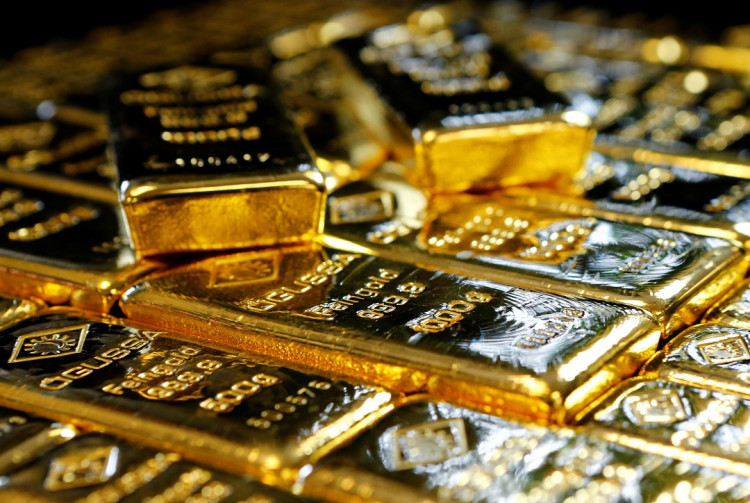Gold prices slipped in thin holiday trading, reflecting mixed economic signals and market uncertainty surrounding Federal Reserve policy and the anticipated impact of President-elect Donald Trump's return to office. Spot gold declined 0.6% to $2,617.48 per ounce by late Friday morning in New York, erasing Thursday's gains as investors assessed U.S. labor market data and its implications for future interest rates.
The U.S. Department of Labor reported an increase in continuing jobless claims to a three-year high, indicating a longer duration for unemployment among workers. However, initial claims showed a slight decrease, offering a mixed picture of the labor market. Federal Reserve Chair Jerome Powell emphasized last week that the job market is cooling without raising immediate concerns, leaving the central bank cautious about the pace of rate cuts in 2025. Lower interest rates typically favor gold, which does not yield interest, but Powell's restrained outlook has tempered expectations of a rapid monetary easing cycle.
Gold has seen a robust 27% rise in 2024, reaching record highs fueled by U.S. monetary easing, haven demand, and aggressive buying by central banks. However, the rally has lost momentum in recent weeks, weighed down by a stronger U.S. dollar and elevated Treasury yields. The Bloomberg Dollar Spot Index remained steady, while the benchmark U.S. 10-year yield hovered near its highest level since May.
Bob Haberkorn, senior market strategist at RJO Futures, attributed the decline to "higher Treasury yields" and the thin trading volume typical of the holiday season. He noted, "Gold will remain under pressure through the end of today as markets consolidate gains from earlier this year."
The outlook for gold in 2025 remains optimistic, bolstered by geopolitical tensions, ongoing central bank acquisitions, and potential policy uncertainties linked to Trump's return to the White House. Trump's proposed tariffs and protectionist trade policies could ignite trade conflicts, adding to gold's appeal as a hedge against economic instability.
"Next year, with central-bank buying, I can see gold topping $3,000 at some point, probably by the summer," Haberkorn added. Analysts widely predict that heightened global tensions and economic unpredictability will continue to support gold prices, even as the Federal Reserve moderates its rate-cutting trajectory.
Gold hit an all-time high of $2,790.15 per ounce on October 31, driven by concerns over global tensions and the Federal Reserve's initial easing cycle. As central banks worldwide maintain their robust purchasing strategies, the metal's safe-haven status is expected to remain strong.
Other precious metals followed gold's downward trend. Spot silver fell 1.3% to $29.41 per ounce, platinum dropped 2.1% to $916.30, and palladium declined 1.2% to $913.71. Analysts noted that these metals are also influenced by geopolitical dynamics and the strength of the dollar, factors that could shift significantly in the coming months.






